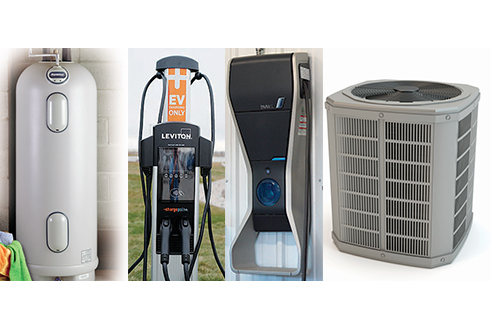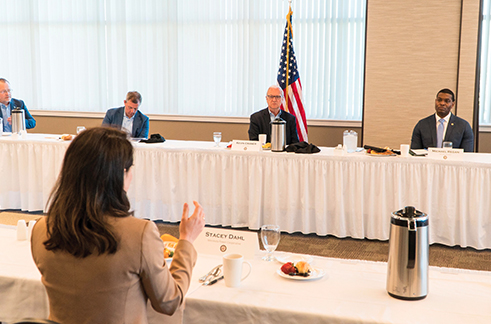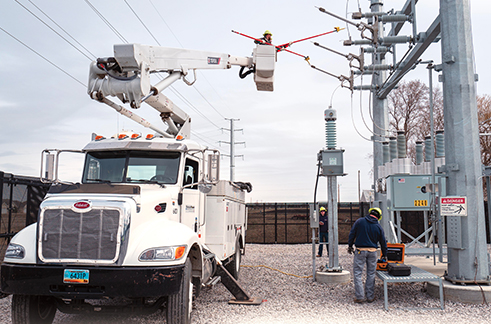New Veterans Memorial Park in Grand Forks pays tribute to Armed Forces.
When Al Palmer looks over the new Veterans Memorial Park in Grand Forks, each display has a story to tell, a person to remember and a sacrifice that should never be forgotten.
A retired Air Force General, Palmer takes the opportunity not only to reflect on his 38-year military career, but also on the service provided by his father, father-in-law, uncle and other family members whose names appear on individual blocks in the park.
“It provides an opportunity to go and spend time with your loved ones,” Palmer said. “It’s nice to know you can go there, look at their names, and remember them for their service and sacrifice.”
More than 1,000 people gathered and hundreds more watched online as the park was dedicated and officially opened on the 20th anniversary of 9/11. Palmer chaired a committee that drove the 6.2-acre space from dream into a reality.
Project ideas had been in the works for more than a decade, but gained traction in 2017 when the committee, in true military fashion, set a regimented schedule for meetings and developed a board of director structure. With a strong team assembled, they agreed there would be no salaries or per diems – every dollar would go to the park, which is located at the intersection of 24th Avenue South
and 34th Street.
Over 1,200 businesses and organizations were contacted to support the $2.5 million project. The first major breakthrough came from the Engelstad Foundation, which provided $250,000. Donations flooded in from there, ranging from a few dollars to tens of thousands.
Nodak Electric Cooperative supported the project through a $1,000 donation, while its wholesale power provider, Minnkota Power Cooperative, contributed $2,000.
“As cooperatives, we’re committed to the communities we serve,” said Mylo Einarson, Nodak Electric president and CEO. “It is important for our local communities to have a place where we can properly recognize our military service members and veterans for their commitment and sacrifice. Veterans Memorial Park is an important reminder of everything they’ve done for our country.”
The centerpiece of the park is a 40-foot-long, 6-foot-high Memorial Wall made of granite. The wall is laser-etched with 156 images explaining the role of American veterans from the first wars to the present day. A nearby touchscreen kiosk is available to provide more information on each image and its significance.
Granite benches and large pillars recognizing each military branch surround the Memorial Wall. At night, the display is illuminated and the images on the wall shine brightly through the darkness. Other attractions include a Northrop Grumman Global Hawk and a General Atomics Reaper, while a B-52 model should be installed in late fall or early spring.
Palmer is quick to deflect credit for the completion of the project and recognizes numerous individuals for their unique roles. Those same individuals decided to name the park’s Visitor Center after Palmer. “I broke down and cried,” Palmer said. “My grandkids can come here and see that and remember their grandfather. It’s very, very personal.”
Following the dedication, the Veterans Memorial Park committee will disband and officially turn operations over to the Grand Forks Park District. Palmer said the project leaders will still be active in advocating for the park and raising funds for future additions. His biggest goal is to get an F-16 to display on site.
“I don’t know of anyone in the Upper Midwest who has something like this,” Palmer said. “It’s a destination center for Grand Forks. And there is still room for us to grow.”










